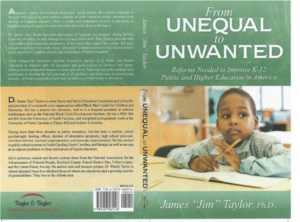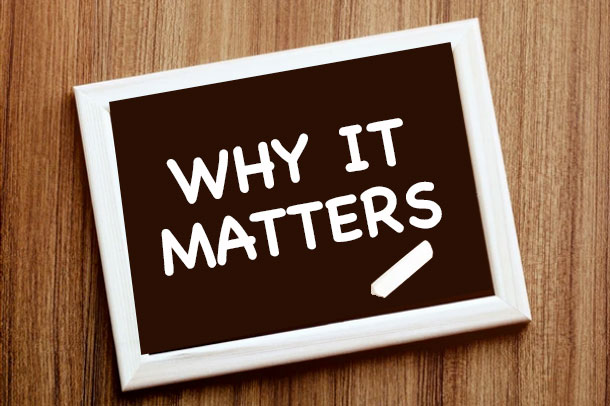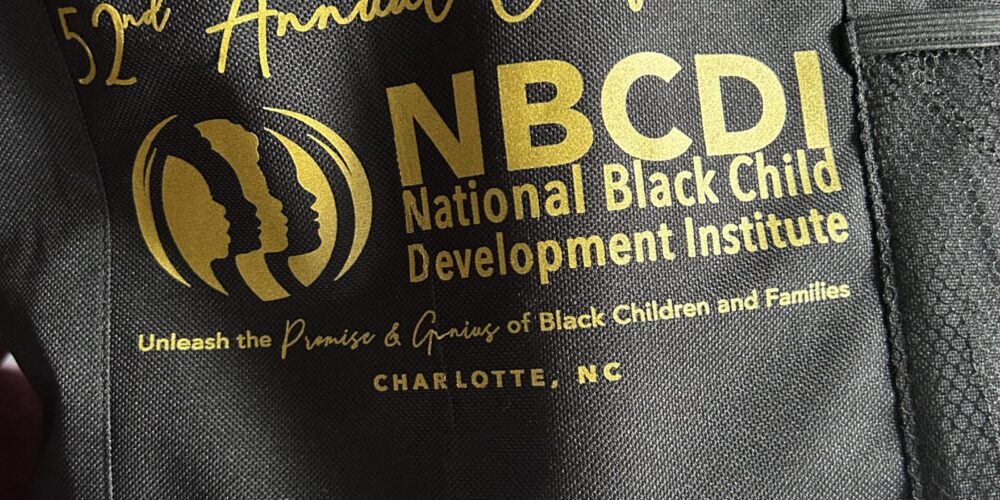From Unequal to Unwanted (A Summary)
(Released March 2018)
From Unequal to Unwanted: Reforms Needed to Improve
K-12 Public and Higher Education in America

Introduction
In this candid and unabashed account of education in America during the past 130 years, Dr. Taylor provides a personal and professional perspective of the historical events that shaped our system. Although the era of de jure segregation has passed, many “unwanted” students continue to face de facto discrimination in our nation’s schools. The author challenges educators and policymakers to confront the real issues, and he offers evidence-based strategies to create real reform. For America to reclaim her rightful place as a world-leader in education, we must realize that our success is inextricably connected to how each school reaches and teaches our children of color.
Summary of Chapters
Prologue: The author gives a personal account of his experiences in a racially-segregated elementary school in the Deep South in the 1950s; the challenges he faced in racially-integrated schools overseas in the early 1960s; and the discrimination he encountered while attending a major university in the Deep South from 1966 – 1970.
Chapter 1: This chapter highlights the education oppression that black children endured during the Jim Crow era. From racist children’s literature to dilapidated schools, this chapter gives a stark reminder of the adverse impact the period of “separate-and-unequal” education in America had on black children, both socially and educationally.
Chapter 2: Many public schools across America launched stiff resistance to the U.S. Supreme Court’s Brown v. Board of Education (1954) decision to desegregate. The tenacity of Thurgood Marshal, coupled with the courage of students like Ruby Bridges and the Little Rock Nine, helped to pave the way for America’s educational system to become more inclusive.
Chapter 3: This chapter focuses on the challenges that African Americans faced in higher education during the middle and latter part of the 20th century. The primary challenge involved gaining admissions into predominantly-white colleges and universities. This chapter discusses the impact of four resources that were available to help minority students during that era – affirmative action, Proposition 48, financial aid, and plain ole hard work.
Chapter 4: This chapter provides a report card for America’s performance in education during the 20th century. The author uses a scoring rubric to grade America in four areas: School Facilities, Curriculum, Achievement, and Teacher Effectiveness.
Chapter 5: The major challenges in America’s current system of K-12 public education are elucidated. Those challenges range from educating impoverished children to bridging the culture gap between teachers and their diverse students.
Chapter 6: The major challenges in 21st century higher education in America are discussed. Those challenges range from college affordability to providing adequate funding for historically black colleges and universities (HBCUs).
Chapter 7: This chapter presents specific reforms that are needed to address the major challenges in higher education today, especially in the areas of developmental education and college accessibility.
Chapter 8: This chapter highlights specific reforms that are needed to address the major challenges in K-12 public education today. Reform strategies are presented to address the achievement gap and the culture gap between teachers and their diverse students.
Chapter 9: In this chapter, the author outlines how he transformed a low-performing urban high school into a high-performing safe haven for teaching and learning. During his four years as the principal of the school, Dr. Taylor implemented many of the reform strategies that are highlighted in Chapter Eight.
Chapter 10: The author presents a practical, effective four-step model that can be used to transform any individual school or school system to a higher level of performance.
James “Jim” Taylor, Ph.D.
Author & Education Consultant



